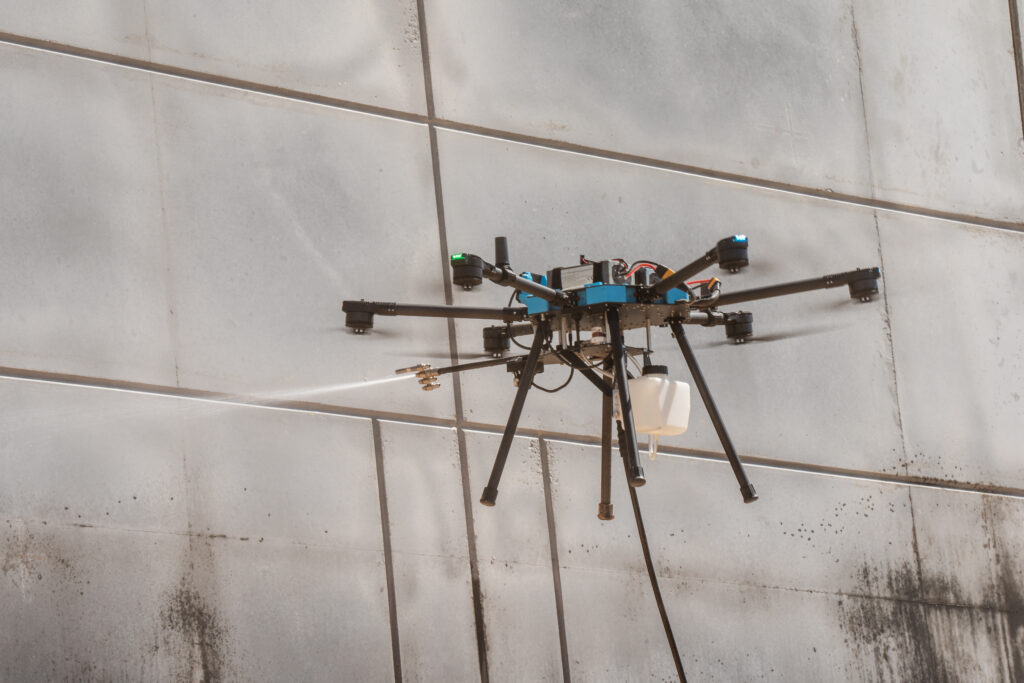In recent years, the quest for sustainable and environmentally friendly solutions has expanded into various sectors, including the cleaning industry. A groundbreaking development in this field is the use of Artificial Intelligence (AI) in drones, which are now being deployed to tackle pollution and cleanliness tasks more efficiently. This introduction of AI drones into cleaning practices represents a significant leap toward eco-friendly operations, leveraging advanced technology to enhance environmental health.
Revolutionizing Waste Management with AI Drones
AI drones are playing a pivotal role in transforming waste management processes. These unmanned aerial vehicles (UAVs) are equipped with sophisticated sensors and AI algorithms that enable them to identify and collect waste in hard-to-reach areas such as oceans, rivers, and rugged landscapes. The drones can differentiate between types of waste materials, ensuring proper sorting and recycling, which significantly reduces the amount of waste that ends up in landfills. This capability not only helps in maintaining cleaner ecosystems but also aids in the recycling process, thus supporting the circular economy.
Enhancing Air Quality Through Innovative Drone Technology
Another crucial application of AI drones is in monitoring and improving air quality. These drones can swiftly maneuver over large areas to detect harmful particulate matter and other pollutants. Equipped with sensors and data analytics capabilities, they provide real-time air quality reports and identify the sources of pollution. Municipalities and environmental agencies use this data to enforce regulations and implement strategies to reduce air pollution. Additionally, drones can carry payloads to release environmentally friendly compounds that neutralize pollutants, directly mitigating air quality issues.
Agricultural Applications: Pesticide Reduction and Crop Monitoring
AI drones are also making significant impacts in agriculture by optimizing the use of resources such as water and pesticides. Drones equipped with AI can scan and analyze crop health, identifying areas that require attention. This precision agriculture approach allows for targeted pesticide application and irrigation, which minimizes runoff and reduces the environmental footprint of farming practices. By applying resources only where needed, drones help in maintaining the ecological balance and enhancing crop yields without the excessive use of harmful chemicals.
Future Prospects and Challenges
While the integration of AI drones in environmental cleaning tasks offers numerous benefits, it also poses challenges such as regulatory issues, privacy concerns, and the need for technical expertise in drone operation and maintenance. Furthermore, the initial setup and operational costs can be significant. However, as technology advances and becomes more cost-effective, these challenges are likely to diminish. The future of cleaning and environmental conservation looks promising with the continued development and deployment of AI drones, pointing toward a more sustainable and cleaner planet.
Conclusion: Embracing the Green Revolution
The advent of AI drones in the cleaning sector is a testament to how technology can be harnessed for environmental stewardship. These drones not only streamline cleaning processes but also contribute significantly to pollution reduction and resource conservation. As we move forward, the integration of AI and drone technology in environmental applications is expected to expand, driving the green revolution across the globe. By embracing these innovations, humanity can take a significant step forward in preserving the planet for future generations.

